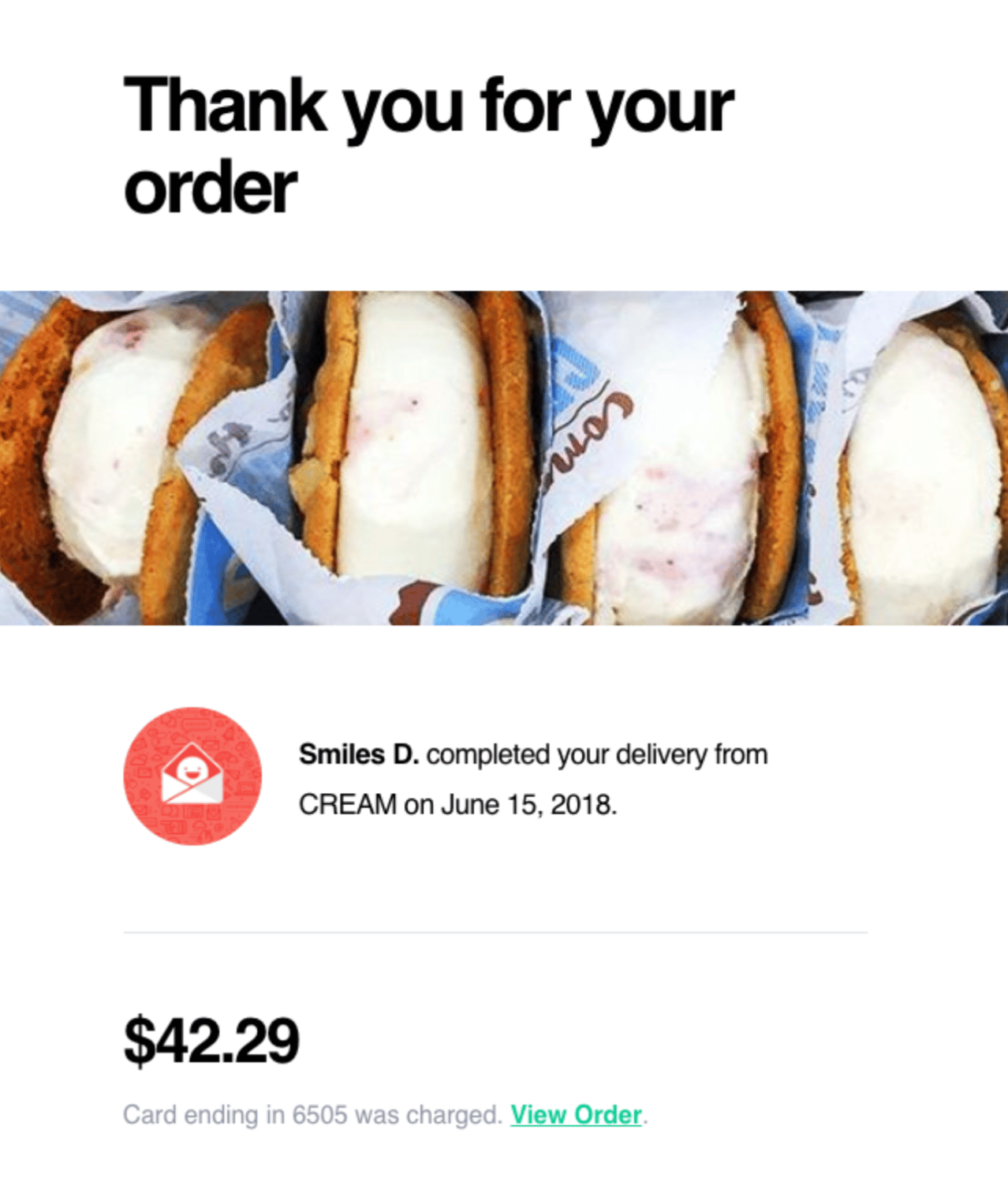Behavior-based marketing emails are one of the best ways to convert prospects into sales. However, knowing how to create winning strategies is crucial. So, if you want to drive sales using behavior-based emails, I have a few proven methods for you to try.
The best strategy for behavior-based emails is knowing when to send which email. It is based on how a client has interacted with your brand. I recommend using good software that tracks a customer's activities. It is best to have a call to action with a link to your site or a specific promotion.
That is not all it takes. A winning strategy starts by getting a customer to give you their email address. After that, you can send them irrelevant emails or ones based on their behavior.
So, I will help you with the latter; let's get into it.
9 Behavior-Based Email Marketing Strategies

There are different types of behavior-based emails. Using automated software, you want to create separate emails that go out based on a customer's actions. Doing this helps to create a personal touch, but it also helps push customers who may have been thinking about using your services or products.
That said, let's take a look at the best behavior-based email strategies, including what type of behavior-based emails you should be sending.
1. Use Automated Software
When attempting to increase your business's sales, it's not just about using any software. Instead, it is crucial to use the right software. Some are better than others, and some might suit your needs more than others.
It would help if you did as much research as possible regarding the software you will use, but I have a few recommendations:
Using one of these platforms, you can create registration forms, landing pages, tools to track a customer's activities on your site, and so much more. But, of course, tracking the customer's activities is most important.
2. Create a Compelling Sign-up Form
Part of your strategy should be to get as many people in your database as possible. The best way to do this is to create a sign-up or registration form, but you need to give people a reason to sign-up.
For example:
The keyword there is offer. So many websites use sign-up forms, but not many give a reason to the customer. Once you have the customer's details in your database, you are ready to start segmenting them into groups using the software we discussed earlier.
Here's an example from TurboTax, which is designed to spark users' interest in the potential amount of their tax refund before they receive a check in the mail:
3. Create Great Emails
You can't have a winning strategy without enticing and well-written emails. So the first step I always recommend is hiring a copywriter to construct a few emails based on one of the six behavior-based emails we discussed.
A good behavior-based email will always have at least most of these qualities:
4. Send Registration-Based Emails
Once a customer has signed up using your form, you should have an automated email ready to send. The email could be a verification email, which is especially important in some cases. However, it could be a call to action.
A call to action tells the customer what to do next. You will typically have a link that directs the customer to your website. However, there are great ways of doing so.
For example:
The key is to have links in each of these emails.
5. Send Reminders to Customers
Reminders are my favorite type of behavior-based email. If the customer adds something to their cart and leaves the website, you don't want them to forget about you. After all, they were so close to making the purchase.
You could set up an automated email that goes out to everybody with something in their cart. It is a little reminder, and because the client was so close to making the purchase, there is a high chance that this email will convert into a sale.
6. Send Out Feedback Requests
Feedback requests are beneficial. It is important to remember that the longer somebody stays on your site, the higher the chance of them buying more from you.
One of the most natural ways of getting existing clients to come back to your site is to ask them for feedback. It is as simple as asking them to review the product; if they do choose to review it, they could feel a sense of loyalty to your brand.
7. Always Follow Up
Sometimes a customer might linger on your website for quite a while, looking at a few products, and then go away. The more this happens, the more it can make you wonder what is wrong with your website; are your products overpriced?
Well, sometimes people forget, and in many cases, someone might be browsing around the web to find a specific product, and in their process, they could forget about your website. The best way to prevent this is to send a follow-up email, and if you are using the right software, you can use links to products that are similar to what they were looking for.
Here's an example of a follow-up email from Lego:

8. Reach Out to Old Customers
One of the worst types of behavior is when a customer stops visiting your website. Perhaps they have found another store or a similar service. In that case, you don't want to let the customer walk away.
So, if they've been absent from your site for a few months, an automated email highlighting a few of your promotions and acknowledging their absence is excellent. Something like, "whoa, we haven't seen you in a while," adds such a personal touch that it might entice a customer to click on one of your calls to action.
9. Send After Sales Emails
Just because a customer has bought something from your store doesn't mean it is time to let them go. Instead, you want to send them an automated email thanking them for purchasing a product. Alternatively, you can send a receipt with similar products linked in the email.
Here's an example of an order confirmation email from Postmates:

Final Thoughts
Behavior-based email marketing strategies are a complicated subject requiring much research and patience. Hopefully, with my tips, you can drive more sales on your site by sending relevant emails to new, old, or existing clients.
(Related: Email Marketing for Ecommerce: 10 Strategies You Can Easily Implement To Drive Sales)
